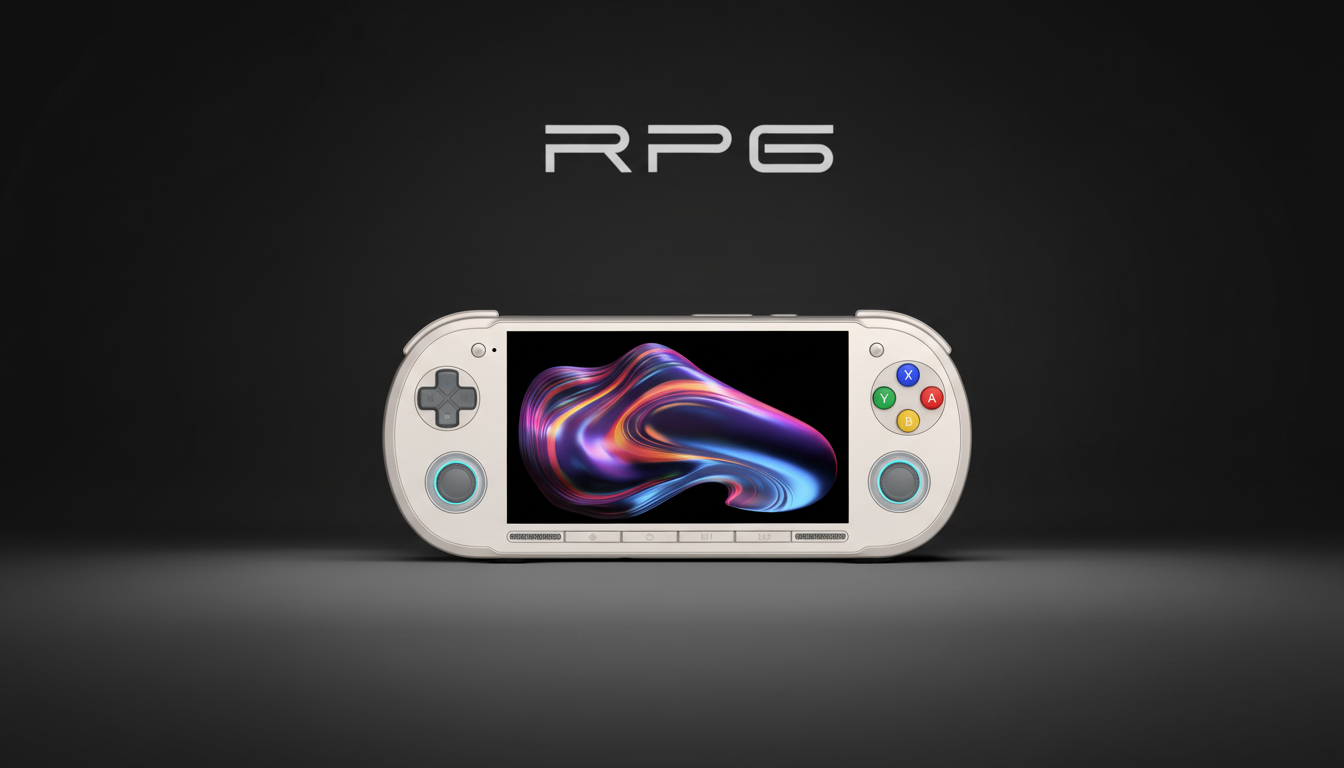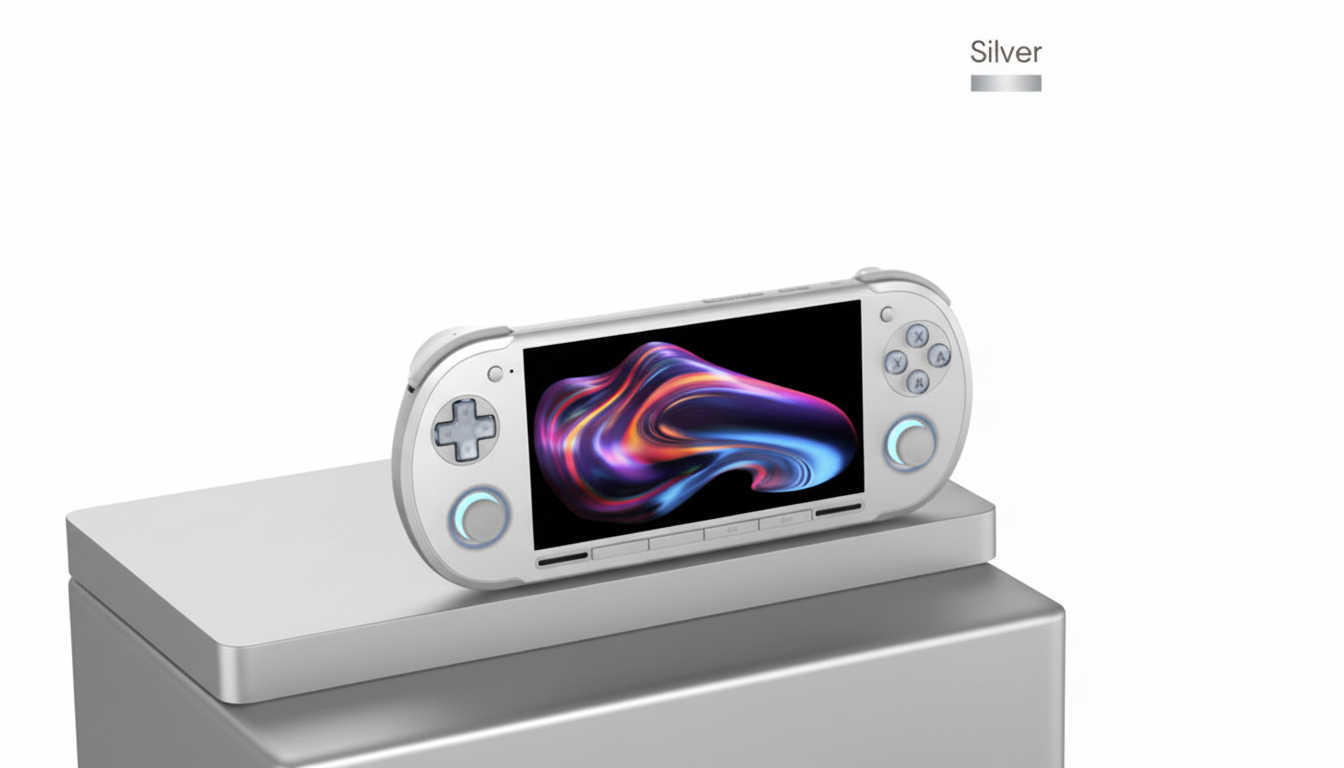Retroid has rebooted its Pocket 6 handheld just days after pausing pre-sales, unveiling a newly designed unit that allows buyers to choose their preferred controller layout. In an unusual hardware relaunch decision, customers can now pick between a D-pad-on-top arrangement and a stick-on-top design, while the controversial M1 and M2 buttons have been relocated to the back. Pre-orders will be available soon, with the company indicating it will contact early buyers.
What changed in the design and why it matters to players
The headline change is straightforward but notable; rather than try to cater to a broad audience with one face layout, the company now offers two that better suit how you play.

- A D-pad-first layout is ideal for 2D platformers, fighters, and classic emulation, where precise inputs are required.
- The stick-on-top design mimics the comfort of modern console controllers for extended movement and camera control.
Most players are familiar with the ergonomics of a Switch-style, stick-on-top layout, especially for 3D games.
The back panel offers plenty of space and should reduce unintended triggering by moving the M1 and M2 buttons there. High-end and third-party gamepads increasingly employ this approach because it keeps your thumbs on the primary controls at all times. It is also well suited to handheld gaming, especially when rapid-save, fast-forward, and emulator-menu hotkeys are all mapped.
Core specifications remain the same despite redesign
Under the hood, the Pocket 6 keeps the headline specs already announced: a Snapdragon 8 Gen 2 platform paired with a 120Hz OLED display. The chipset, a staple of recent flagship phones, offers ample headroom for demanding Android games and high-quality emulation. In practice, that means good performance in everything from PlayStation 2, GameCube, and Dreamcast libraries to classics from older console makers, up to and including smoothing your favorite 8-bit and 16-bit systems. The 120Hz OLED should help with both motion clarity and input responsiveness, which matters whether you are grinding through a 60fps racer or just scrolling through some retro RPG text. While the final power efficiency is still an unknown, the mature combination of a 4nm chip and OLED panel may make the Pocket 6 more efficient than older handhelds based on last-generation Snapdragon parts.

Community feedback drove a rapid and rare relaunch
Listening to players paid off: the relaunch was made possible by swift community feedback after the initial reveal attracted criticism for the bottom-row buttons and a one-size-fits-all D-pad-first design. Retroid halted sales within 24 hours and polled buyers across its Discord and X channels before deciding to produce the preferred layouts. This is not the first time a hardware maker has reoriented itself quickly—Valve has issued fast firmware updates to optimize the Steam Deck’s fan curves and UI—but physically redesigning and re-releasing at this pace is rare in handhelds.
Pre-orders, communication plans, and what buyers can expect
Retroid says it will share pre-order information soon and that current buyers will be emailed by customer service. The company is expected to confirm layout options and address compatibility questions from early adopters as a show of openness after a tumultuous launch.
Choice and ergonomics emerge as key differentiators
Android-based handhelds are becoming stronger, propelling them into the realm previously occupied by AyaNeo, GPD, and OneXPlayer. However, as hardware capabilities converge on comparable chipsets, ergonomics and player choice become the key differentiators. Letting players choose the controller layout at checkout is a sensible solution to the balancing problem, serving both 2D purists and 3D converts without starting entirely different product lifecycles. If the Pocket 6 relaunch goes well, it might serve as a framework for future handheld game consoles that other manufacturers will follow: quick iteration, allowing the player to define controls or settings, and community polling as the first design input. Perhaps that balance between listening and agility is the final improvement after all the nostalgia and high tech.

